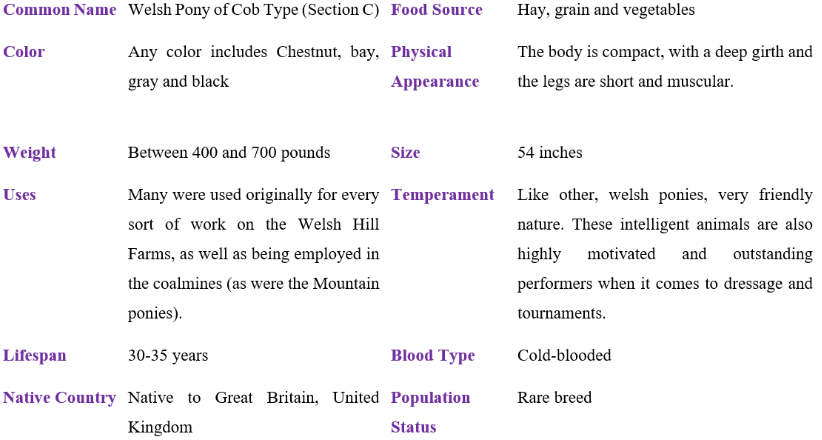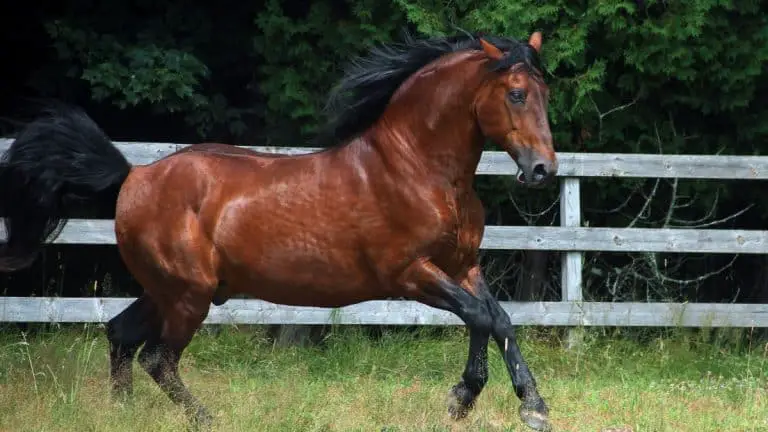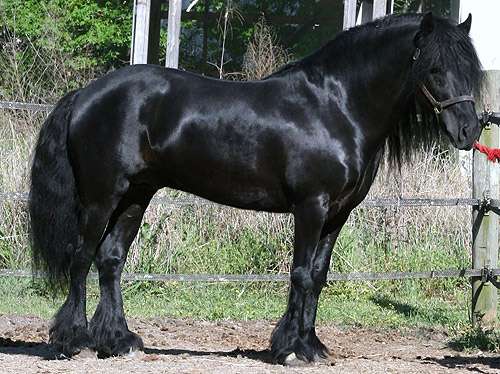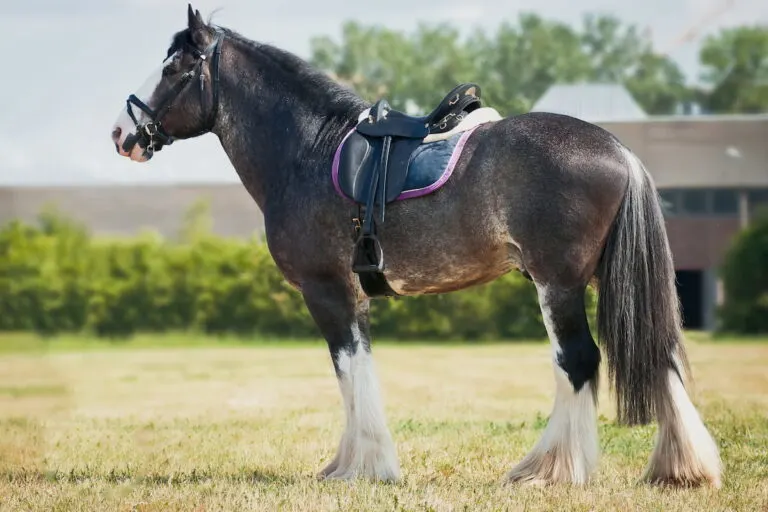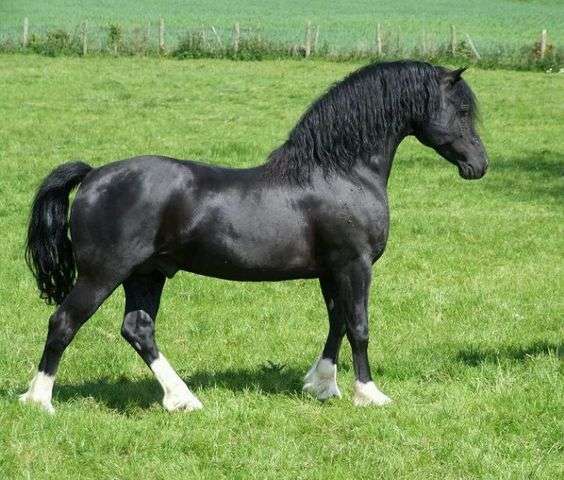
Size
1.32 meters(maximum).
Physical Attributes
Stronger and thicker set than a Section B Welsh pony, but else quite similar.
Colors
Any hue besides skewbald and piebald.
Characteristics and Genetics
Wales has had ponies of the cob type since the Middle Ages, but the present Welsh Section C is thought to be the result of the blending of Welsh Section as and Welsh Sections Ds, as seen by the physical characteristics of the Section C.
The Welsh Section C was historically employed as a farm horse as well as for labor, such as carting slate from quarries to ports. Breeding with Iberian horses, Norfolk Trotters, Hackneys, and Yorkshire Coach Horses at this time had an impact on the breed. Comparable to Welsh Mountain Ponies (Section A) and Welsh Riding Ponies (Section B). The Welsh cob is a vigorous jumper and makes a great riding pony for kids, younger people, and teenagers.
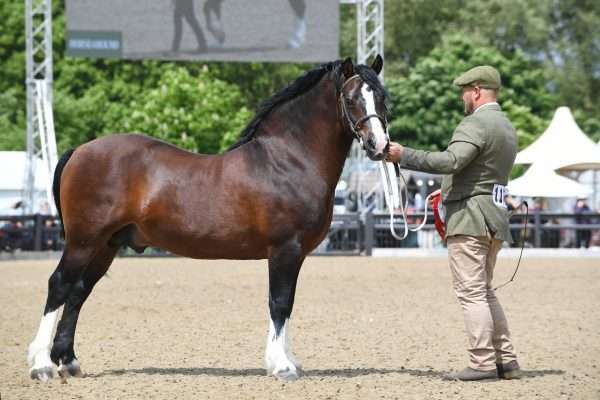
Grooming Guidelines As Pet
Welsh ponies are simple to maintain as pets and to groom due to their diminutive size. Regular grooming sessions will allow a person to spend time with a pony while also ensuring that the pet’s skin and coat stay clean, smooth, and healthy, as is the case with other equine breeds.
Employ a conventional set of grooming instruments for horses, such as a curry comb, body finishing brush, dandy brush, and shedding blade. Additionally, keep a tail brush, mane comb, and hoof pick on hand.
Maintaining a pony’s beauty by removing extra hair and any dirt and debris that have gathered throughout the coat, but also use grooming time as an opportunity to search for wounds and infections, particularly in the hooves.
Table
